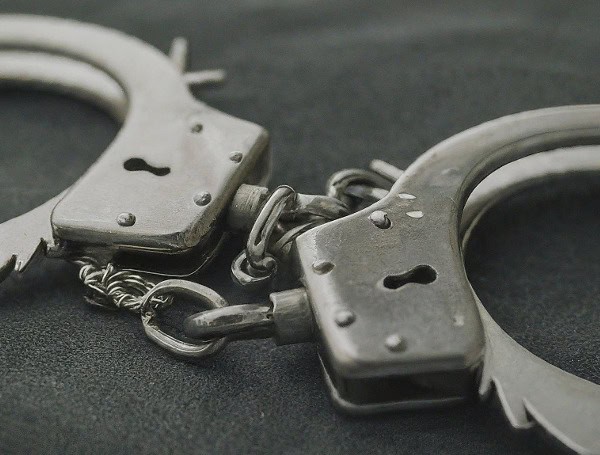
A recent study by Omega Law Group reveals that Florida has one of the lowest arrest rates in the nation, ranking third alongside Ohio. The personal injury law firm analyzed 2022 data from the Federal Bureau of Investigation (FBI), calculating the number of arrests per 100,000 people for each state.
Massachusetts topped the list with the lowest rate of 1,206 arrests per 100,000 people, followed by Illinois with 1,267. Both states share a common trend, with simple assault as the most frequent offense.
Florida and Ohio tied for third place, each recording 1,477 arrests per 100,000 people. Interestingly, simple assault also emerged as the most common offense in both of these states.
Read: Missouri Man Pleads Guilty To Dealing Fatal Dose Fentanyl To Woman: DEA
Following closely behind are Michigan with 1,694 arrests per 100,000 people and Washington with 1,706. The study provides valuable insights into arrest trends across the U.S. and challenges common perceptions about crime rates.
In stark contrast to the states with the lowest arrest rates, the study also identified those with the highest. South Dakota topped this list with a staggering 5,443 arrests per 100,000 people, a rate 351% higher than Massachusetts, the state with the lowest.
Alaska followed closely with the second-highest rate of 4,779 arrests per 100,000 people, while Kentucky secured the third spot with 3,987 arrests. These figures highlight significant disparities in arrest rates across the United States, prompting questions about the underlying factors contributing to these variations.
Speaking on the findings, a spokesperson for Omega Law Group said, “Studying arrest rates across different states can provide valuable insights into various aspects of society, law enforcement practices, and crime dynamics.
Read: Lake Wales Fatal Shooting Under Investigation By Polk County Sheriff’s Office
“By analyzing arrest rates, researchers and policymakers can identify trends in criminal behavior, while also reflecting underlying social and economic factors that contribute to this, such as poverty, unemployment, education levels, and access to healthcare and social services.
“Understanding these factors can inform efforts to address the root causes of crime and promote social equity.”
Help support the Tampa Free Press by making any small donation by clicking here.
Android Users, Click To Download The Tampa Free Press App And Never Miss A Story. Follow Us On Facebook and Twitter. Sign up for our free newsletter.
